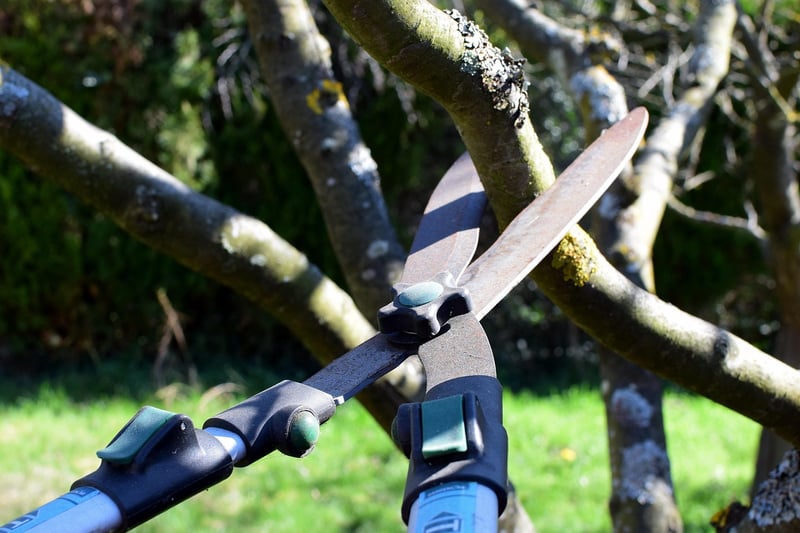Pruning Techniques
Maintain Healthy Plants with Proper Pruning Techniques
Proper pruning is an essential practice to ensure the health and vitality of your plants. By using the right techniques, you can promote growth, improve airflow, and enhance the overall appearance of your garden. Here are some tips to help you maintain healthy plants through effective pruning:
1. Understand the Basics
Before you start pruning, it's crucial to understand the basic principles. Identify the type of plant you are working with and learn about its growth habits. Different plants require different pruning methods, so make sure you are familiar with the specific needs of each plant.
2. Use the Right Tools
Invest in high-quality pruning tools such as sharp shears, loppers, and pruning saws. Clean and sharpen your tools regularly to ensure clean cuts that promote faster healing for the plants. Using dull or dirty tools can damage the plants and make them more susceptible to diseases.
3. Timing is Key
Timing is crucial when it comes to pruning. Most plants benefit from pruning during their dormant season, typically in late winter or early spring. Avoid pruning during periods of active growth, as this can stress the plants and inhibit their ability to recover.
4. Remove Dead or Diseased Branches
Start by removing any dead, damaged, or diseased branches. These can serve as entry points for pests and diseases, compromising the overall health of the plant. Cut back to healthy tissue using clean cuts to prevent tearing.
5. Promote Airflow and Light Penetration
Thin out crowded branches to improve airflow and allow more light to penetrate the interior of the plant. This helps reduce the risk of fungal diseases and promotes healthy growth throughout the entire plant.
6. Shape and Train the Plant
Prune to shape and train the plant according to your desired aesthetic or functional goals. Whether you want to encourage bushier growth, control the size, or create a specific form, strategic pruning can help you achieve the desired look for your garden.
7. Monitor and Adjust
Regularly monitor the growth of your plants and be prepared to adjust your pruning techniques as needed. Pay attention to how the plants respond to pruning and make changes accordingly to promote healthy growth and overall plant vigor.
By following these pruning techniques, you can maintain healthy plants and create a beautiful, thriving garden that will be the envy of your neighborhood.

For more information on pruning techniques and plant care, visit Royal Horticultural Society.
